George Crabtree, director of the Joint Center for Energy Storage Research at Argonne and a professor at the University of Illinois at Chicago, is fondly remembered for his impactful leadership that elevated energy research.
Tag: condensed matter physics
Argonne announces 2022 Postdoctoral Performance Awards
Nine postdoctoral appointees were recognized with Postdoctoral Performance Awards.
Computational discovery of complex alloys could speed the way to green aviation
Experts at the U.S. Department of Energy’s Ames Laboratory and their collaborators have identified the way to tune the strength and ductility of a class of materials called high-entropy alloys. The discovery may help power-generation and aviation industry develop more efficient engines.
Physicists Crack the Code to Signature Superconductor Kink Using Supercomputing
A team performed simulations on the Summit supercomputer and found that electrons in cuprates interact with phonons much more strongly than was previously thought, leading to experimentally observed “kinks” in the relationship between an electron’s energy and the momentum it carries.
Blueprint for a robust quantum future
Researchers at Argonne National Laboratory, the University of Chicago and scientific organizations in Japan, Korea and Hungary have established an invaluable resource for those looking to discover new quantum systems.
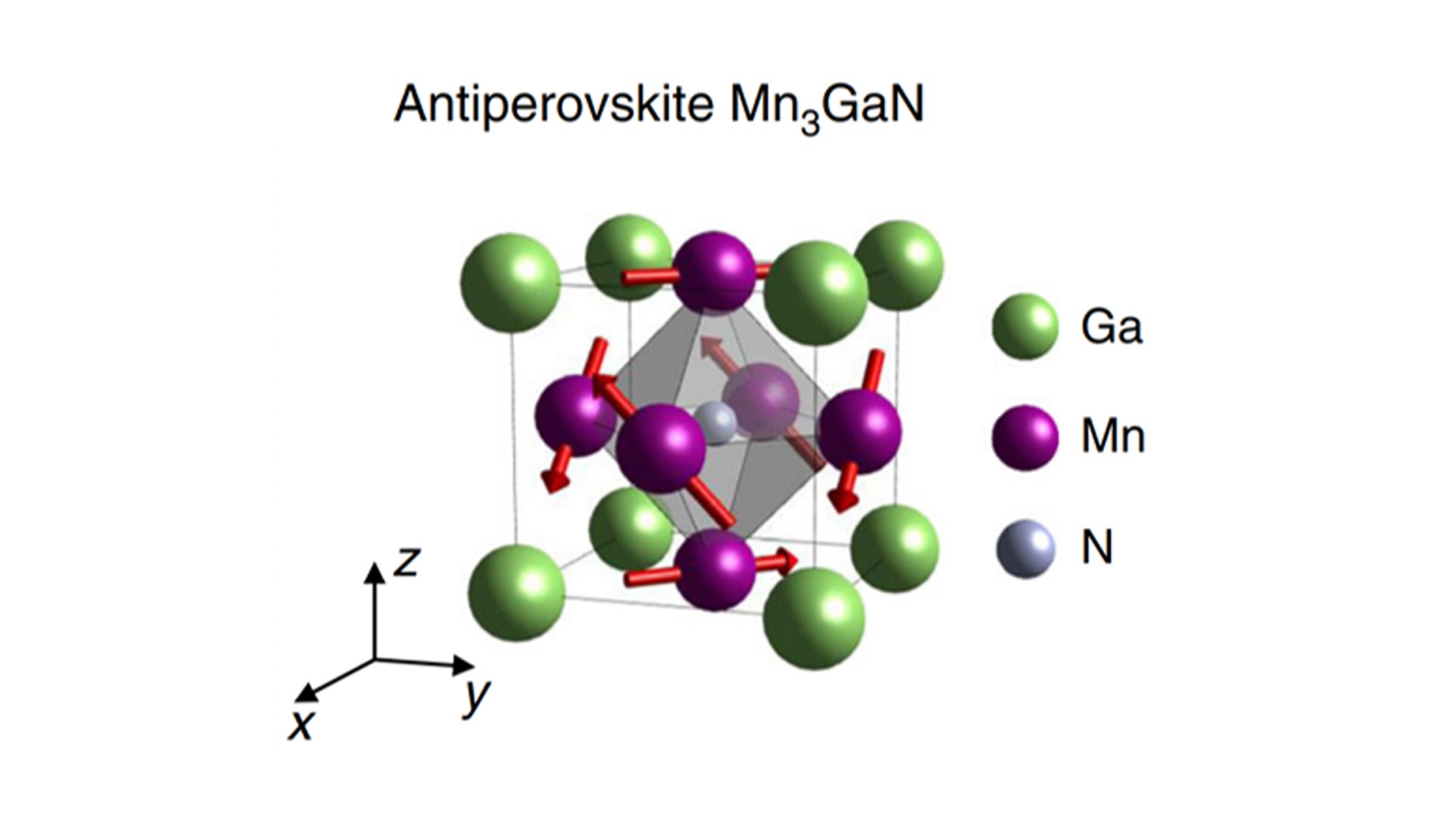
A new spin on energy-efficient electronics
Researchers are harnessing the power of Argonne’s Advanced Photon Source to test new materials for use in spintronics. This emerging field uses electron spin instead of charge, allowing manufacturers to make smaller and more efficient electronic devices.

Virtual Trimble Lecture Series Features Spies, Kings, Robots, Fake News
A new Lyne Starling Trimble Science Heritage Public Lecture Series begins with six speakers, who are scheduled for online talks in late 2020-early 2021. The first lecture in the series will be held Sept. 30 and will be streamed online with an interactive question-and-answer period after the talk. During the series, science historians and writers will highlight important roles science has played in modern society, including in robotic development, WWII espionage, and technical accomplishments.
Scientists Dive Deep Into Hidden World of Quantum States
A research team led by the Department of Energy’s Lawrence Berkeley National Laboratory (Berkeley Lab) has developed a technique that could lead to new electronic materials that surpass the limitations imposed by Moore’s Law.
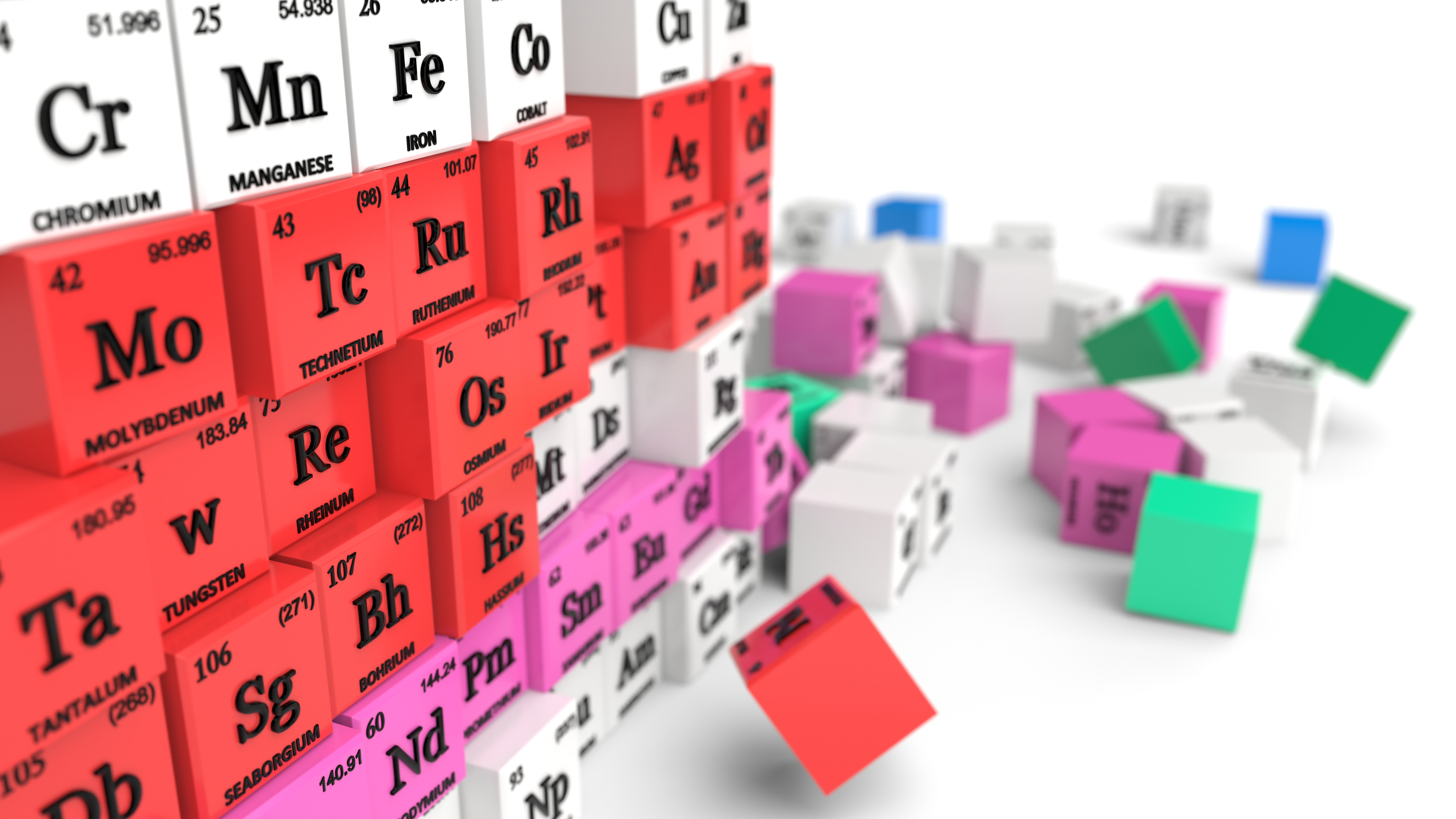
Summit Helps Predict Molecular Breakups
A team used the Summit supercomputer to simulate transition metal systems—such as copper bound to molecules of nitrogen, dihydrogen, or water—and correctly predicted the amount of energy required to break apart dozens of molecular systems, paving the way for a greater understanding of these materials.
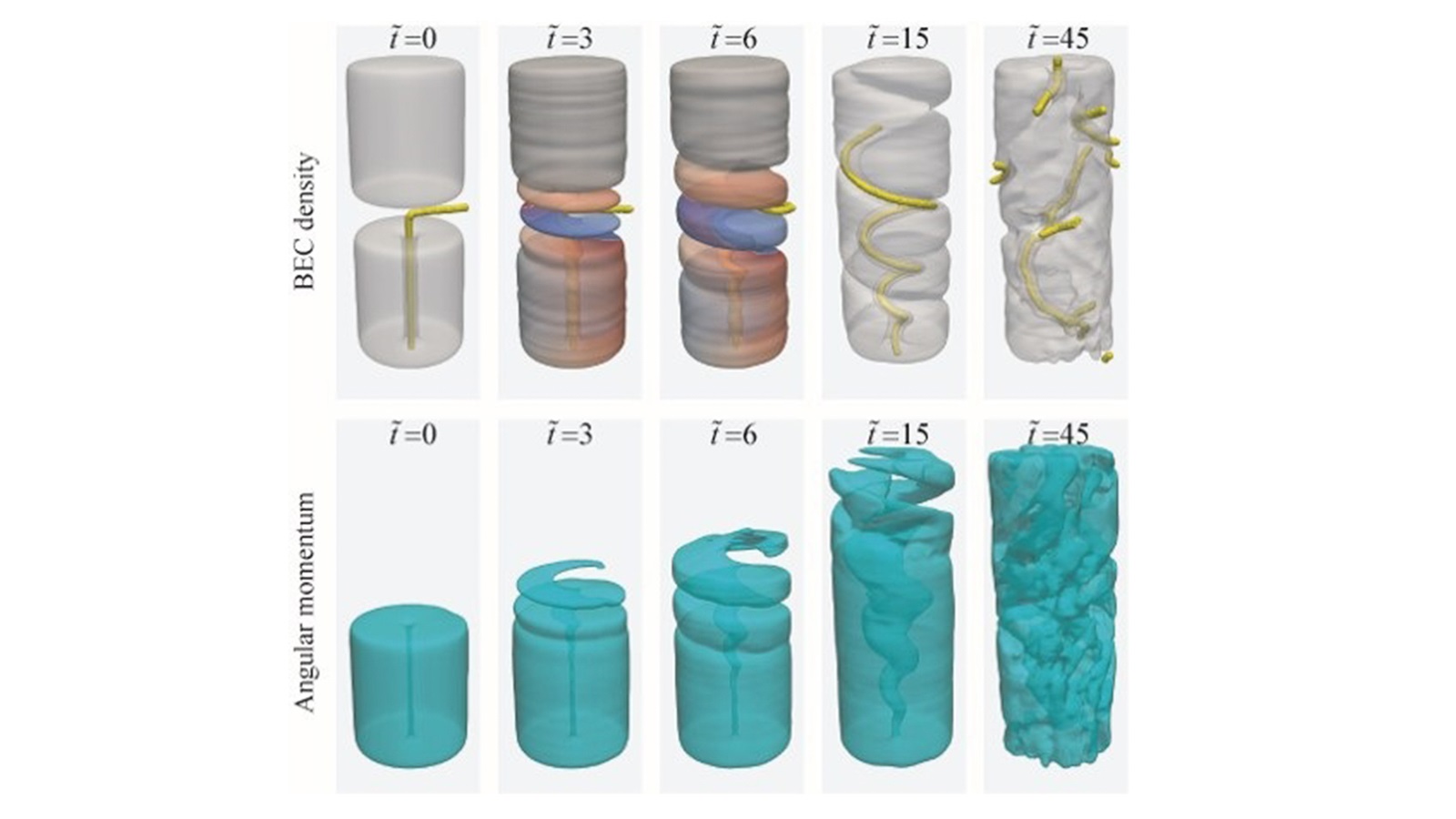
Theoretical breakthrough shows quantum fluids rotate by corkscrew mechanism
Scientists performed simulations of merging rotating superfluids, revealing a peculiar corkscrew-shaped mechanism that drives the fluids into rotation without the need for viscosity.
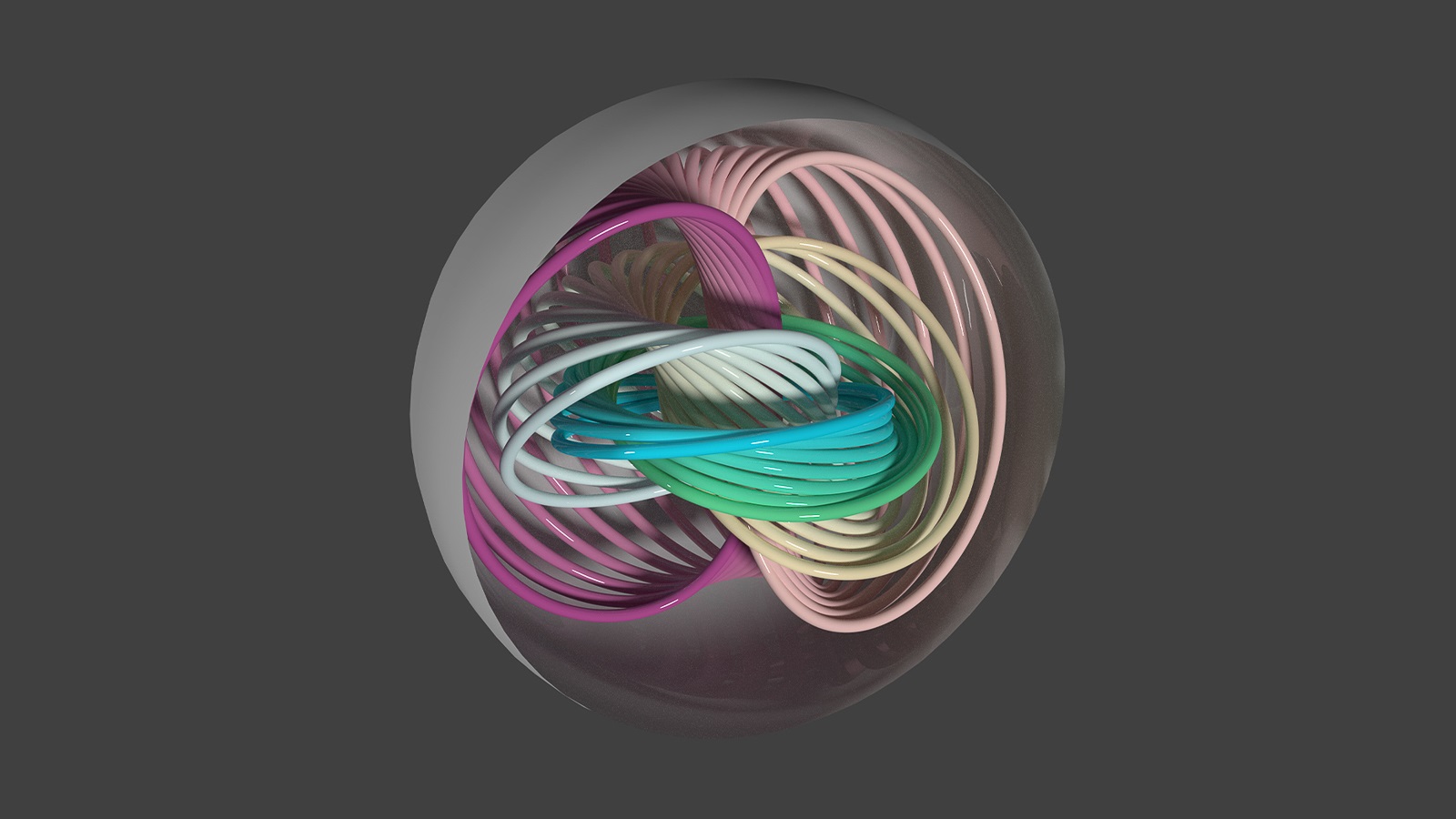
Novel insight reveals topological tangle in unexpected corner of the universe
In a recent theoretical study, scientists discovered the presence of the Hopfion topological structure in nano-sized particles of ferroelectrics — materials with promising applications in microelectronics and information technology.
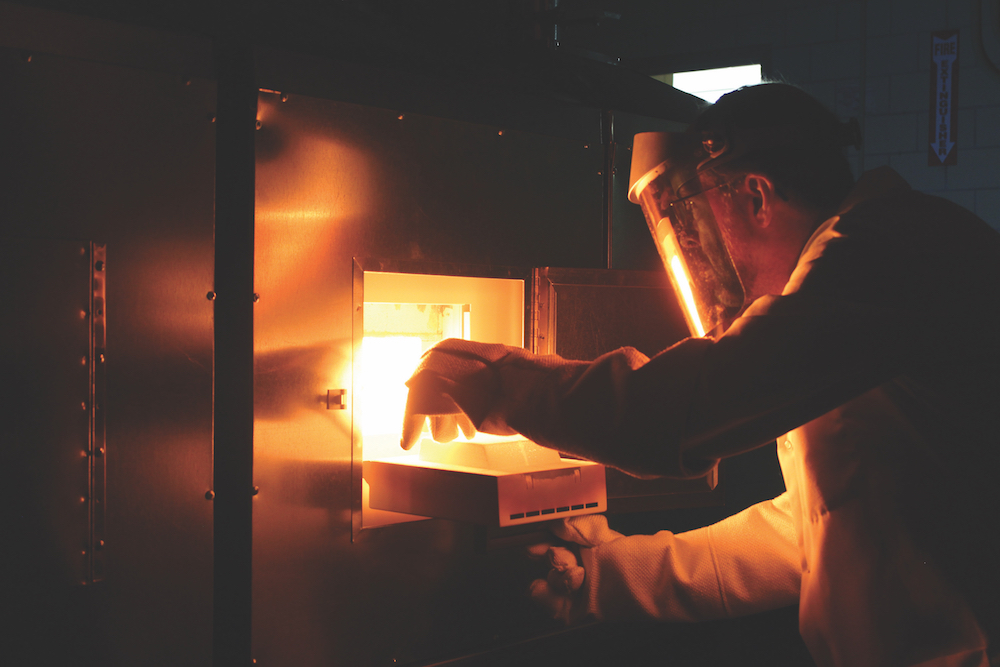
Paul Canfield of ISU, Ames Laboratory elected to American Academy of Arts and Sciences
Paul Canfield of Iowa State and the U.S. Department of Energy’s Ames Laboratory has been elected to the American Academy of Arts and Sciences. He’s a condensed matter physicist who designs and discovers materials and properties.
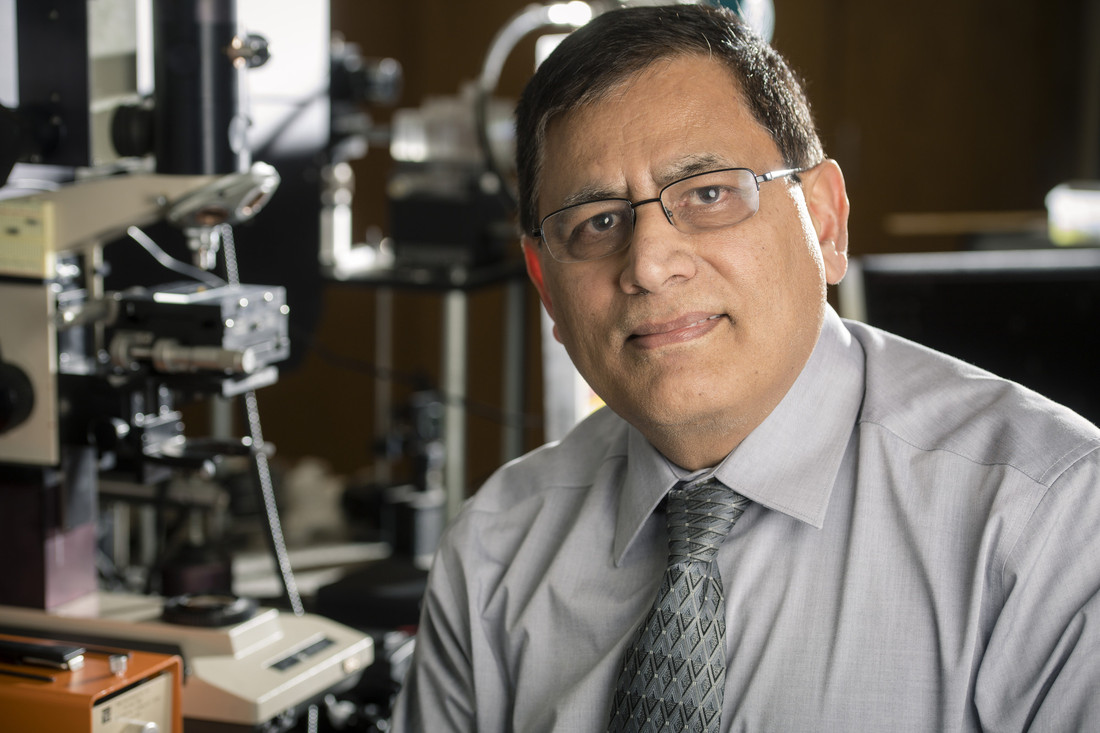
New boron material of high hardness created by plasma chemical vapor deposition
Researchers used microwave-plasma chemical vapor deposition to create thin crystal films of a novel boron-rich boron-carbide material that has 37 percent the hardness of cubic diamond and acts as an insulator. The new material’s properties were predicted from first-principles analysis.
Brookhaven Lab’s Lijun Wu Receives 2020 Chuck Fiori Award
For the past 20 years, Wu has been advancing quantitative electron diffraction to study batteries, catalysts, and other energy materials.
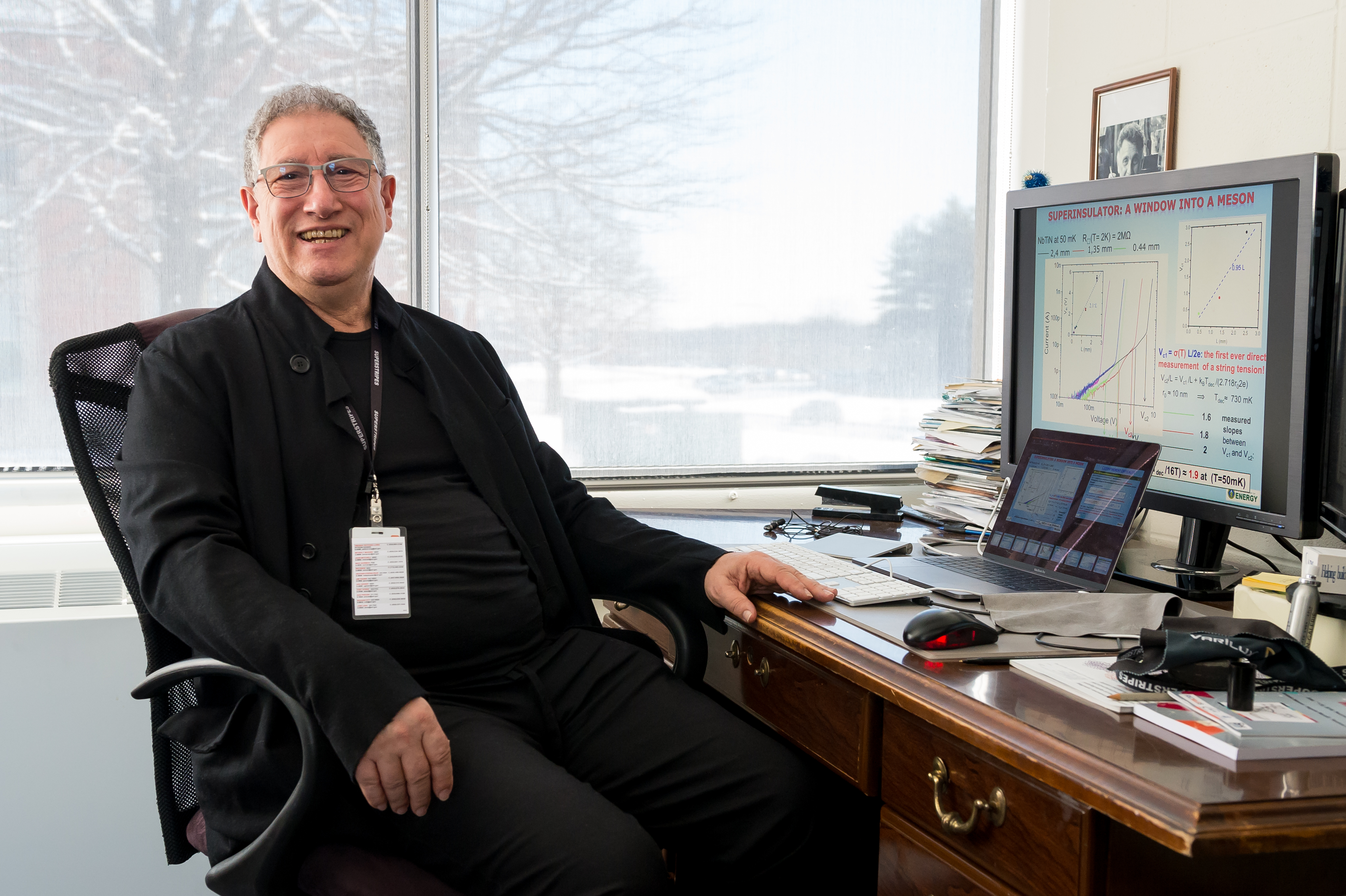
Argonne’s Valerii Vinokur awarded Fritz London Prize
Valerii Vinokur, a senior scientist and distinguished fellow at the U.S. Department of Energy’s (DOE) Argonne National Laboratory, has been awarded the Fritz London Memorial Prize for his work in condensed matter and theoretical physics.

Scientists pair machine learning with tomography to learn about material interfaces
Researchers have put a new technique based on machine learning to work uncovering the secrets of buried interfaces and edges in a material.
Valentino Cooper: Building foundations for solid science
Valentino Cooper of Oak Ridge National Laboratory uses theory, modeling and computation to improve fundamental understanding of advanced materials for next-generation energy and information technologies.
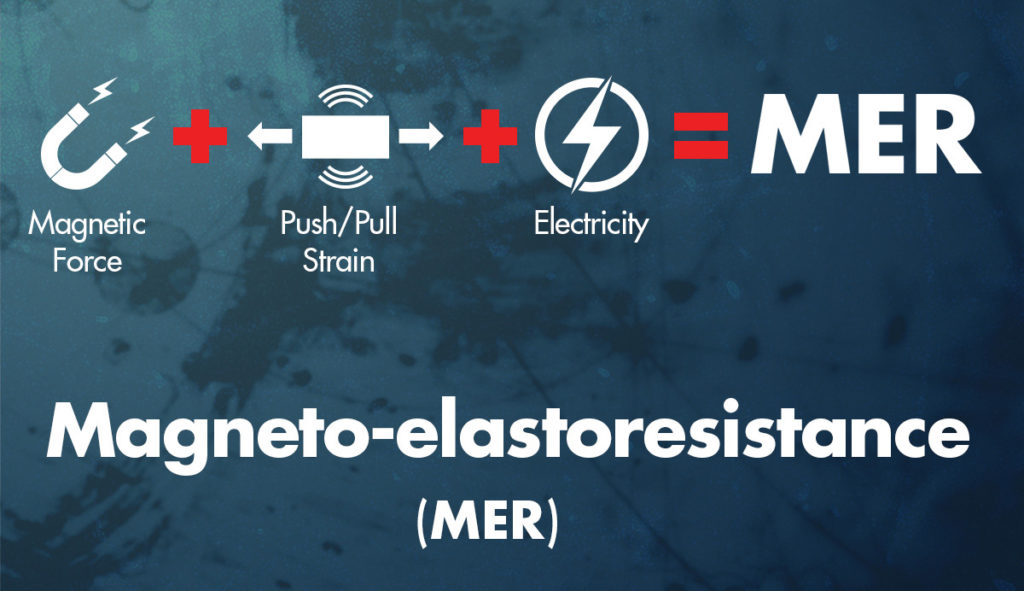
What’s MER? It’s a way to measure quantum materials, and it’s telling us new and interesting things
Experimental physicists have combined several measurements of quantum materials into one in their ongoing quest to learn more about manipulating and controlling the behavior of them for possible applications. They even coined a term for it– Magneto-elastoresistance, or MER.
Playing the angles with dramatic effect
Researchers report the most complete model to date concerning the transition from metal to insulator in correlated oxides. These oxides have fascinated scientists because of their many attractive electronic and magnetic properties.
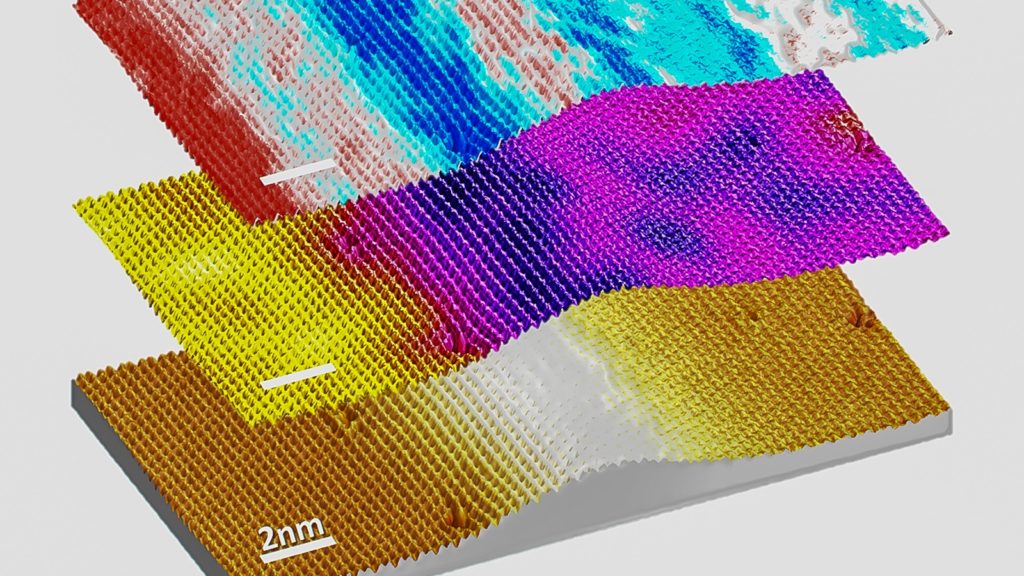
Scientists discover “ripple” in flexible material that could improve electronic properties
Argonne scientists have discovered an intriguing new behavior in a two-dimensional material at the atomic level as it is stretched and strained, like it would be in an actual flexible device.
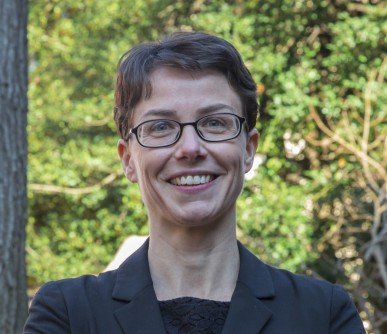
Blavatnik Awards for Young Scientists Announces 2019 National Laureates
An ecologist from Stony Brook University, a theoretical physicist from University of Colorado Boulder and a chemical biologist from Harvard University Three female scientists have been named Laureates of the Blavatnik National Awards for Young Scientists, each receiving $250,000, the…